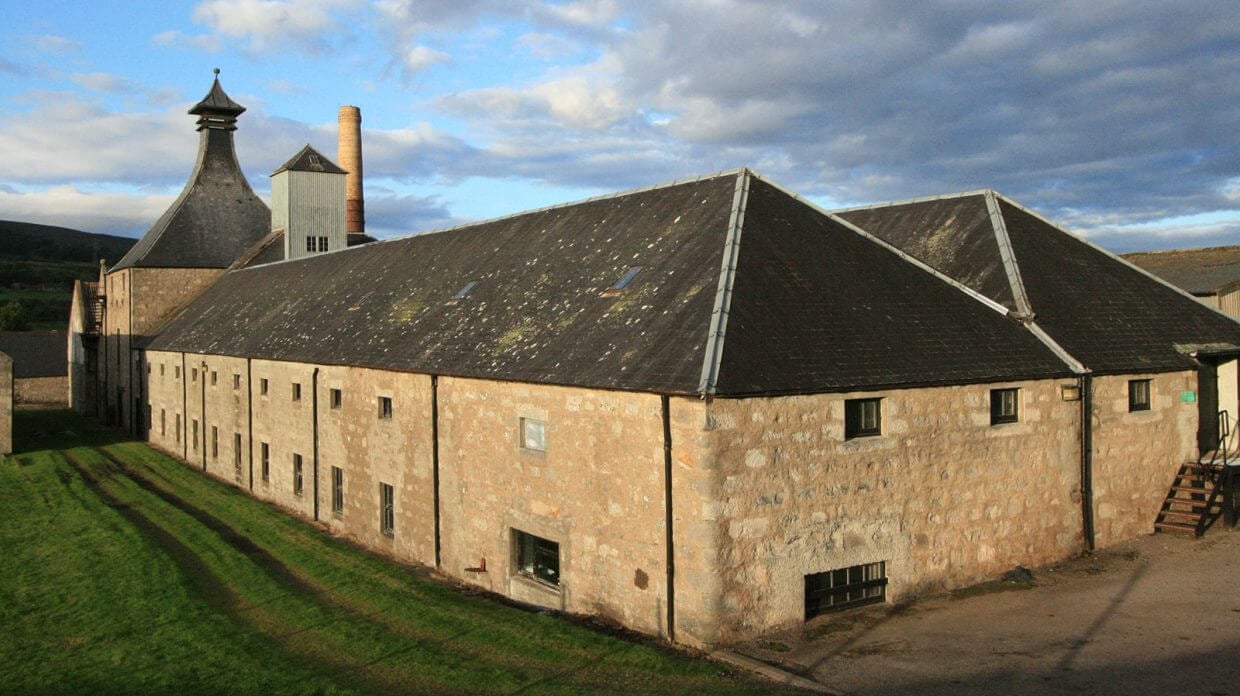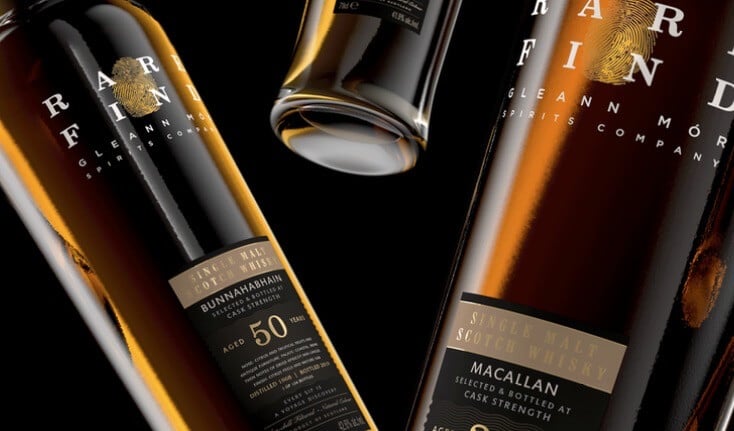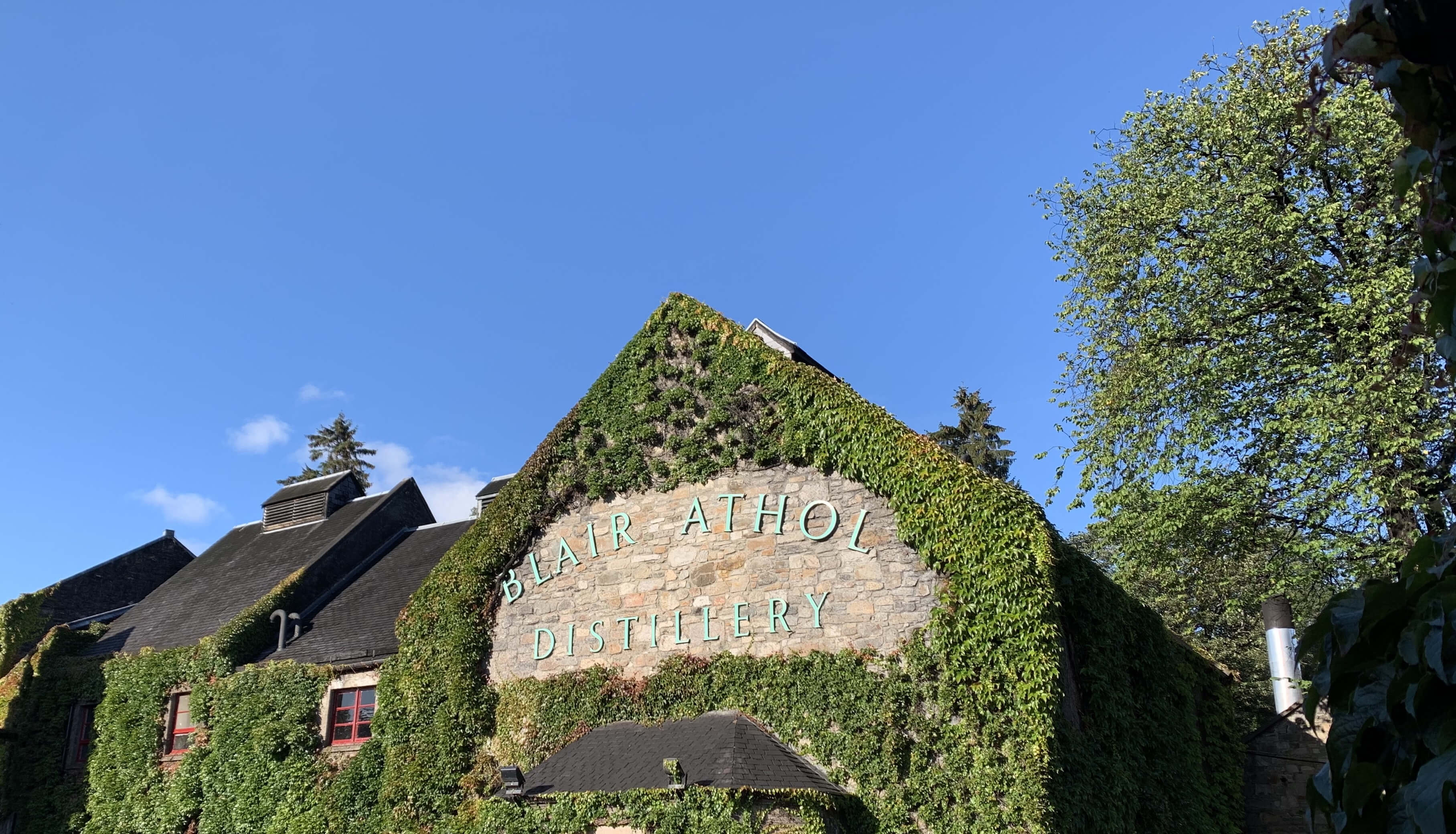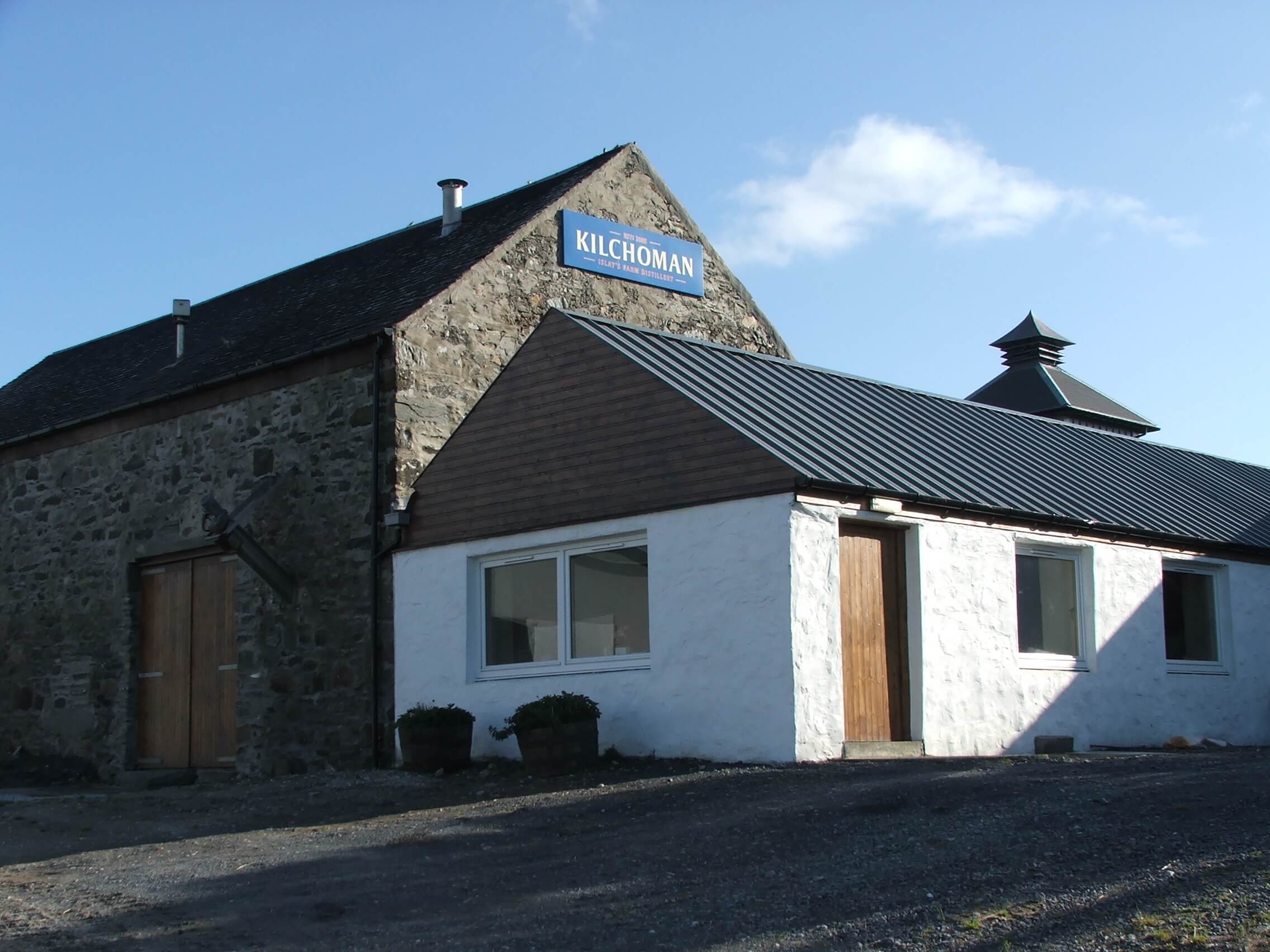

The average commercial whisky distillery has an enormous capacity for production. Though the finished product takes many years to reach maturity and a new distillery will struggle for decades before they can boast a stable range of mature stocks, once it is there the rate coupled with the enormous reserves in cask ensures that a brand does not run dry. As a result a prime driving factor in deciding which whiskies collectors target is rarity, even more so than wine. While collectors have no qualms about spending top dollar for first growth Bordeaux produced in tens of thousands of cases, the rarity of limited runs of Single Malt are a major selling point for the investment potential of a bottle.
We discussed the appeal of independent bottling labels as a source of limited run and single cask offerings, usually numbering less than 500 bottles, but there is another splendid source and one with a far more pressing sense of urgency for those seeking them out: closed distilleries. From a 19th century peak of over 200 distilleries in the United Kingdom (there are now just about 135 including new start-ups), the total number of whisky-producing operations has fluctuated wildly.
Economic turmoil in the early 1900s lead to the loss of most of the Campbeltown distilleries, among them Dalaruan, from which we had the fortune of finding the final 6 bottles in existence a few years ago. The 1970s and 1980s saw more closures due to economic uncertainty and political upheaval, seeing the stills fall silent at what may be described as the Holy Trinity of closed distilleries; Port Ellen, Brora (pictured above) and Rosebank.
_
“There is another splendid source and one with a far more pressing sense of urgency for those seeking them out: closed distilleries.”
_
Around the world the trend of collectors snapping up rare bottles of bygone distilleries is going strong. Karuizawa in Japan and Lammerlaw in New Zealand command huge prices from collectors at auction.
The allure of whisky from a closed distillery is easy to understand. It is a combination of finite supply and mystery. Something that will never be made again merits searching for and when the quality is high it is a magical experience to be able to drink such a rarity. That is very much the case in the aforementioned Port Ellen and Brora as well as ultra-rare Kinklaith but perhaps less so at Littlemill and Pittyvaich (in my own opinion) where quality may have been a factor in deciding to close the places down.
For those who do manage to get their hands on bottles from closed distilleries at a reasonable price, perhaps shortly after their closure, they stand to see significant increases in value. The less impressive Pittyvaich, which in 2010 was available for just over £50 per bottle for a 12-year-old (Flora & Fauna series), the same bottle now fetches almost £800!
_
“The allure of whisky from a closed distillery is easy to understand. It is a combination of finite supply and mystery.”
_
Many distilleries, encouraged by the cult status achieved during their closure have reopened and one of the question marks that remains is what will happen to the value of bottles in circulation. The mega expensive releases from the likes of Port Ellen and Brora are among the most coveted on the market but when owners Diageo begin releasing new spirit their price stability may be in question. Rosebank as well is slated for reopening by Ian MacLeod in Autumn 2020.
Remember that bottle of Flora & Fauna Pittyvaich 12 I mentioned earlier? Compare that to its contemporary, Bladnoch; a lowland distillery with high-quality spirit and a devoted following. Since the distillery reopened (with fabulous branding I might add) the Flora & Fauna Bladnoch 10 year old is only fetching just over £250. Port Ellen, Rosebank and Brora might be strong enough names that their pre-closure bottlings retain their value, as Ardbeg has, but we shall see in time.






















